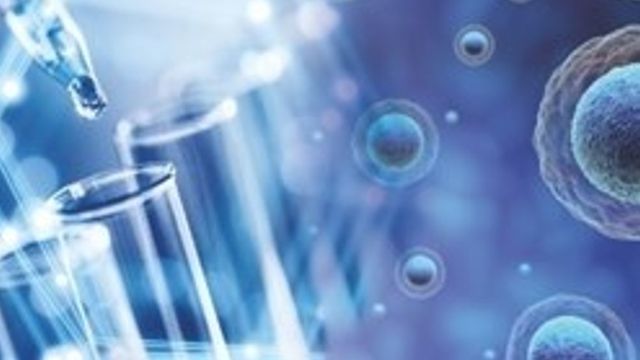RNA extraction is an important procedure that is required in molecular biology to purify RNA from biological samples. RNA, or ribonucleic acid, is a vital nucleic acid that is crucial for many biological processes in living organisms. It serves as a messenger between DNA and proteins, transferring genetic information from DNA to protein synthesis machinery. RNA is also involved in gene expression, regulation, and many other vital biological processes.

During RNA extraction, the RNA is separated from other cellular components, such as proteins and other nucleic acids, to obtain a pure form of RNA. This procedure is complicated due to the presence of ribonuclease enzymes in cells and tissues that can rapidly degrade RNA. Therefore, it is essential to use a reliable RNA extraction method that can efficiently isolate RNA from biological samples.
RNA Tissue Extraction Techniques
Several methods are used in molecular biology to isolate RNA from biological samples. The most common method used is the Guanidinium thiocyanate-phenol-chloroform extraction method. This method has been widely accepted by the scientific community due to its high efficiency in extracting high quality and pure RNA from different tissue types.
The Guanidinium thiocyanate-phenol-chloroform extraction method is a laborious and time-consuming process that requires several steps. The basic steps involved in this method are:
1. Disrupting the biological sample: In this step, the tissue sample is first disrupted to release the cellular contents. This is usually achieved by homogenization, grinding, or sonication.
2. Lysis and denaturation: Next, the RNA is extracted by mixing the disrupted sample with a solution containing guanidinium thiocyanate and phenol. The solution denatures the RNA and prevents RNase from degrading it.
3. Separating phases: The sample is then centrifuged, and the RNA-containing aqueous phase is separated from the organic phase.
4. Precipitation of RNA: The RNA is then re-precipitated with alcohol, such as ethanol or isopropanol, to concentrate it further.
5. Purification: Finally, the RNA is purified by removing any remaining contaminants and impurities.
Filter Paper Based Lysis and Elution Method
Another popular RNA extraction method that has gained popularity in recent years is the filter paper based lysis and elution method. This method is particularly suitable for high-throughput RNA extraction from small tissue samples, such as biopsies or microdissected samples. The technique is efficient, fast, and requires fewer reagents.
In this method, RNA is extracted by crushing a small tissue sample onto a filter paper disc. The RNA is then eluted from the filter paper by adding a lysis buffer that dissolves the RNA, making it available for downstream applications.
Conclusion
RNA extraction is an essential procedure and a fundamental step in molecular biology. It plays a crucial role in understanding the genetic expression, regulation, and other biological processes. Scientists have developed several methods for RNA extraction, such as the Guanidinium thiocyanate-phenol-chloroform extraction and the filter paper based lysis and elution method.
The choice of the RNA extraction method usually depends on various factors, such as tissue type, RNA yield, quality, and downstream applications. Therefore, it is crucial to carefully select the appropriate method for RNA extraction to ensure high-quality and pure RNA for specific applications, such as gene expression studies, RNA sequencing, microarray analysis, and other related applications.